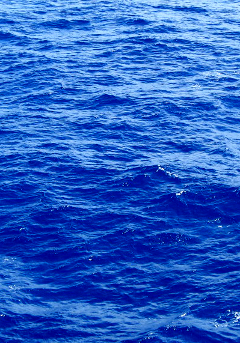Equinox eyes local coast
 Equinor, the global leader in floating offshore wind farm operations, has set its sights on Australia.
Equinor, the global leader in floating offshore wind farm operations, has set its sights on Australia.
Ingunn Svegården, Equinor's Senior Vice President for Asia-Pacific Renewables, has expressed her admiration for the “speed and momentum” of Australia's offshore wind licensing process and its commitment to green hydrogen during the Offshore Wind and Green Hydrogen Conference in Melbourne.
She said that Australia's focus on real, ongoing projects distinguishes it from many other markets merely discussing such endeavours.
Although Equinor initially did not apply for offshore licences in Australia's Gippsland Basin in Victoria, the “clarity of ambition” displayed by the Albanese government following its election encouraged the company to pursue licences in areas off the NSW Hunter and Illawarra regions, as well as Tasmania's Bass coast.
Federal Minister for Climate Change and Energy, Chris Bowen, shared at the same conference that consultation and planning for licence applications in the Bass Coast would commence in early October and for Perth-Bunbury in late November.
Applications for offshore licences in the NSW Hunter region and Victoria's Gippsland region are already in progress.
The processes for the NSW Illawarra and Southern Ocean regions are in the final stages of planning and consultation, with South Australian lobster fishermen advocating for the exclusion of the SA coastline due to concerns about potential harm to their fisheries.
Ms Svegården stressed the importance of Australia's ambitious scale because Equinor prioritises markets that offer the potential for scalability to reduce construction costs.
She noted that Australia's strong momentum, rapid progress, and expansive areas are appealing factors.
Furthermore, Australia's substantial pipeline for floating offshore wind projects captured Equinor's interest.
While this technology is less mature than fixed offshore wind turbines, it allows for installations in deeper waters, a critical advantage given the limitations of fixed turbines in depths exceeding 70 metres.
Equinor recently inaugurated the Hywind Tampen floating wind farm, boasting 11 turbines, off the Norwegian coast, becoming the world's largest floating wind farm with an 88-megawatt capacity.
Ms Svegården explained that this project achieved a 35 per cent cost reduction compared to Hywind Scotland, the first floating wind farm.
Equinor's next project in Korea, which will be ten times larger, aims to achieve further cost reductions despite rising turbine prices that have led to project cancellations.
Australia's offshore wind project pipeline is estimated at 50 gigawatts, with construction costs ranging between $150 billion and $200 billion, as per the CSIRO's GenCost 2023 report. The report forecasts costs of $3000 to $4000 per kilowatt of capacity for offshore wind farms commencing construction around 2030.








 Print
Print